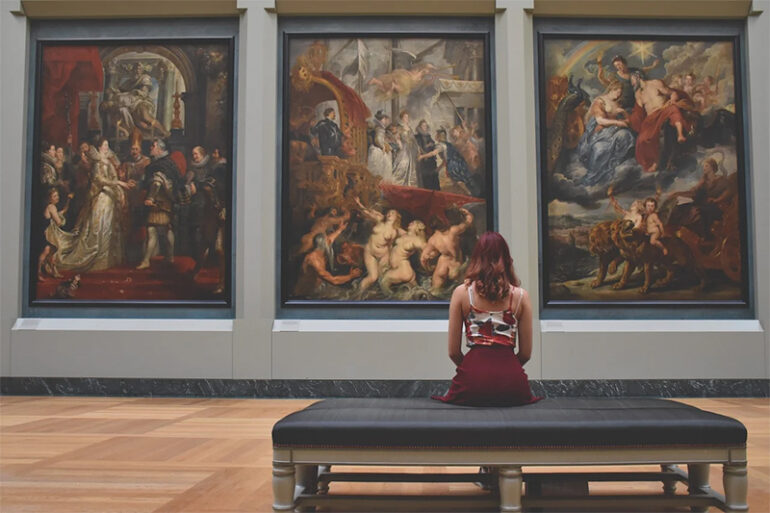The coronavirus pandemic has brought many changes to the things we do – from stocking up on grocery items to doing leisurely things like visiting museums and libraries. Since March of 2020, we saw an onslaught of significant changes to the way we do normal things. Wearing a mask, practicing social distancing, and washing hands frequently are our “new normal.” A lot of sectors were affected by the pandemic, and museums were not spared. As they prepare to reopen to the public, what significant changes can we expect?
Health protocols
When we would just enter a museum and have our bags inspected pre-COVID when museums reopen, they will require minimum health standards to be practiced. This is to keep visitors and museum staff safe from transmitting and contracting the virus. Museums must be transparent with their new regulations, because if visitors cannot ensure their safety, then none would come.
Ticketed entry
To ensure that the venue will have ample space for people to practice social distancing, museum exhibitors must require ticketed and timed entries. Museums can monitor the people coming in and ensure that visitors will be spread throughout the day.

Hands-free
When a few months ago, you could touch a museum exhibit, it will no longer be allowed when museums reopen. Touching surfaces is one way of getting the virus. Prohibiting guests to touch exhibits is a surefire way of reducing the risk of transmission.
Cashless payments
Money is one of the dirtiest items you can touch, and with the threat of COVID-19, it is not impossible to spread the disease thru dirty bills. Contactless or cashless payments will be the new norm everywhere.
Artsy facemasks
Museums can entice guests to visit by providing them with artsy face masks that they can use and take home. Artists on exhibit can print their masterpieces on cloth masks and give away during exhibits.
Staff protection
Because museums accept visitors from all over the place, museum employees are most vulnerable to the virus. You can expect protective barriers at the reception area, and employees will be wearing face masks or even gloves. These barriers are one of the effective measures in barring droplets from talking with the staff.
Disinfection
Expect to see more museum staff disinfecting high contact surfaces such as chairs, handrails, and doorknobs every so often.
COVID testing for staff
Before employees can return to work, they may be tested for COVID-19 and be cleared before they could resume work. This is to make sure that everyone who works in the museum is not sick.
Special hours for vulnerable population
Seniors and small children are most vulnerable when they contract COVID. Museums may assign special hours where only the vulnerable sectors are allowed entry so they could enjoy the exhibits without worrying about the people they come in contact with.
These changes are inevitable. The sooner we accept that we can never go back to normal, the sooner it will be for us to adapt to the “new normal.” We must protect ourselves as well as others by wearing a mask and practicing physical distancing.
Photo Attribution:
1st and featured image from https://cdn.pixabay.com/photo/2016/03/27/16/23/woman-1283009_1280.jpg
2nd image from https://cdn.pixabay.com/photo/2016/01/29/22/11/opening-1168758_1280.jpg
